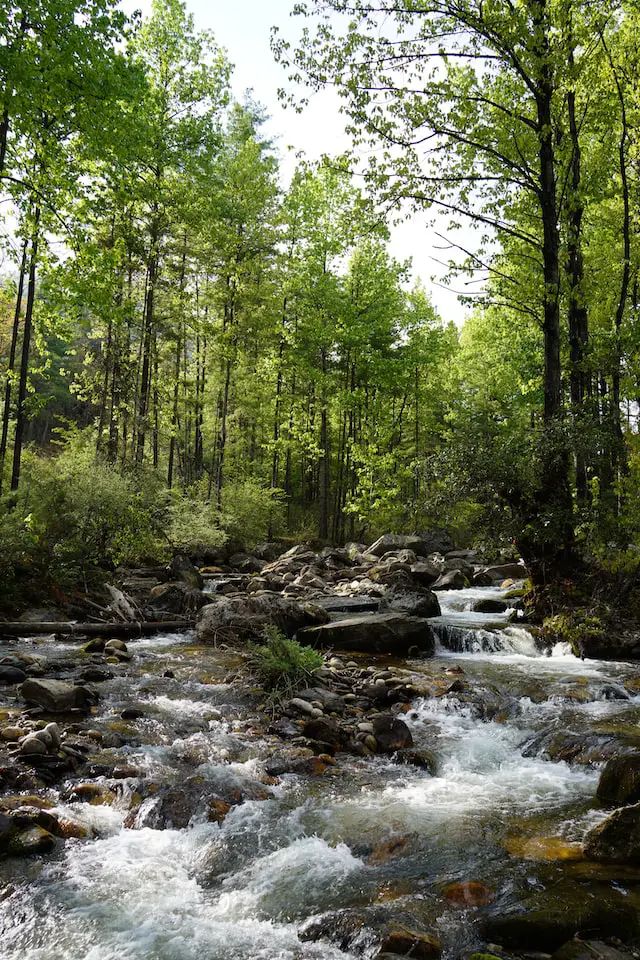A catchment is an area of land where water drains into a particular body of water, while a watershed is an entire area of land that drains into a body of water. In other words, all catchments make up a watershed. Catchments are often used for managing stormwater because they’re smaller and easier to control than an entire watershed. By managing stormwater at the catchment level, we can minimize flooding and protect downstream areas from water pollution.
What is a catchment?
A catchment is an area of land where water from rain, melting snow, and other sources drains downhill into a body of water.
What is a watershed?
A watershed is an area of land that drains into a particular body of water. A watershed is a larger area that includes one or more catchments.
The difference between catchment and watershed
A catchment is an area where water from rainfall or melting snow drains into a river, lake, or aquifer. A watershed is the total land area that drains into a particular body of water. Every stream, river, and lake has its own watershed. The main difference between a catchment and a watershed is that a catchment refers to the area where water drains into a body of water while a watershed refers to the total land area that drains into a particular body of water. In other words, a catchment is a part of a watershed.
How catchment and watershed affect each other
Catchments can be small, such as a drainage ditch, or large, such as an entire river basin.
Catchments and watersheds are linked because the water that falls within the catchment ultimately flows into the watershed. Therefore, anything that affects the catchment will also affect the watershed. For example, if there is a chemical spill in a catchment, it is likely that this will also contaminate the water in the corresponding watershed.
Additionally, catchments and watersheds can also affect each other indirectly. For example, if there is deforestation in a catchment, this can lead to soil erosion. This eroded soil can then be carried downstream into the corresponding watershed where it can contaminate the water and damage aquatic habitats.
Importance of catchment and watershed
Catchments and watersheds are important because they help to protect and conserve water resources. They also play a role in flood control by regulating the amount of water that flows into rivers and streams. Catchments can be used to recharge groundwater aquifers and provide habitat for plants and animals.
Watersheds are also important for recreation, tourism, and economic activity. They provide opportunities for fishing, canoeing, hiking, and other outdoor activities.
Photo by Pema Gyamtsho on Unsplash









